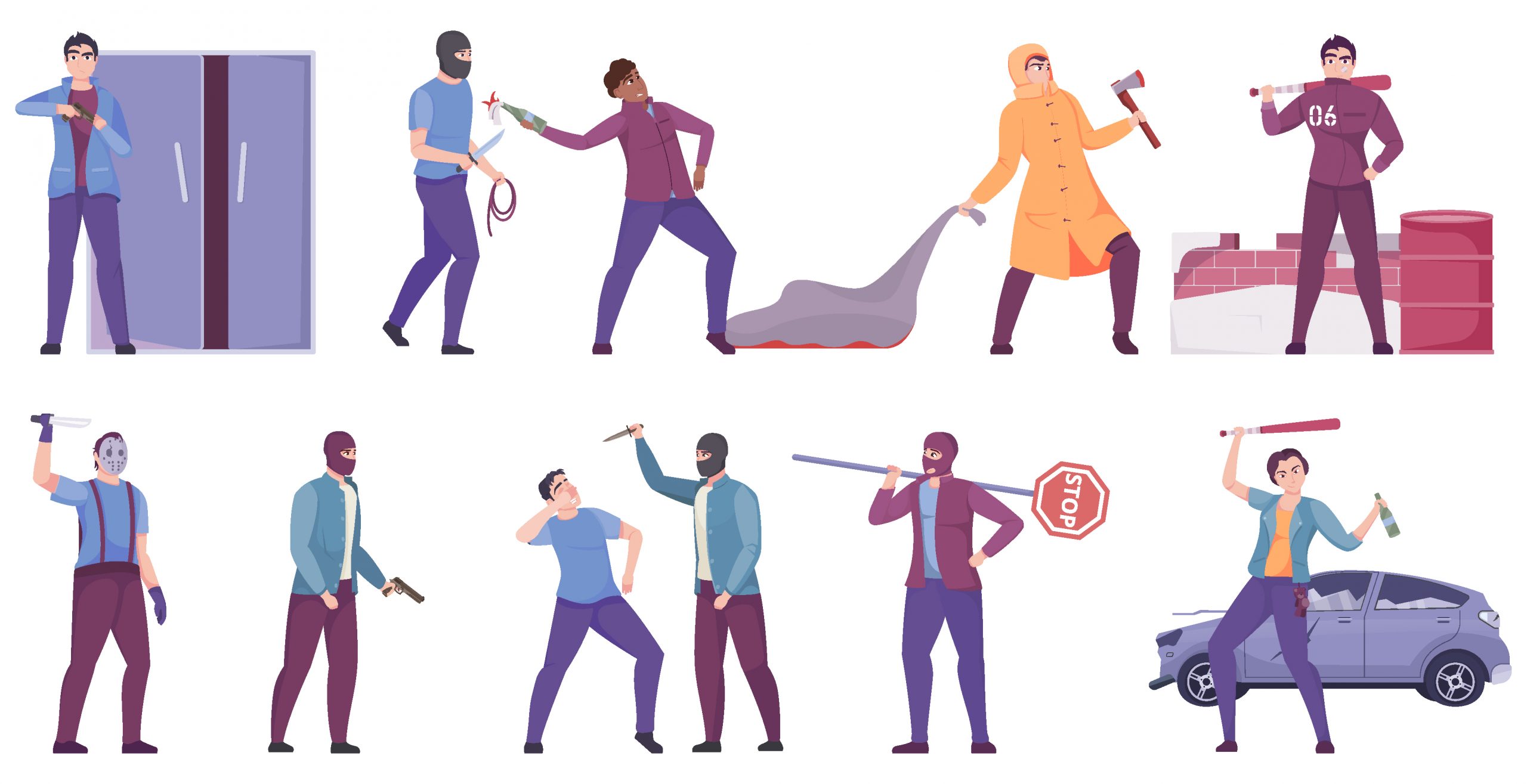News Highlights:
- Almost 36 years after the Maliana massacre, the Meerut court set free all the 39 accused on the grounds of insufficient evidence.
- The Maliana killings occurred a day after the massacre in the Hashimpura neighbourhood of Meerut town.
What happened in Maliana?
- Overview:
- Hashimpura and Maliana were among the earliest known cases of communal violence in western Uttar Pradesh after the locks of the Babri Masjid were opened by the Rajiv Gandhi government in 1986.
- The Meerut city had reported cases of Hindu-Muslim clashes in mid-May 1987.
- Curfew was imposed in the city when the Vir Bahadur Singh government sent 11 Provincial Armed Constabulary (PAC) companies to Meerut to control the riots.
- On May 22, the PAC landed in Hashimpura, rounded off Muslim men from the area, bundled them into waiting trucks and drove away.
- Some men were sent to jail in Meerut, and others were taken to the Upper Ganga canal in Muradnagar at Ghaziabad and the Hindon river near the Delhi-U.P border, now part of the NCR. The men were allegedly shot dead by the PAC there.
- The next day, the PAC reached Maliana and, led by R.D. Tripathi, commandant of the 44th battalion, the men entered Maliana in the afternoon of May 23 and allegedly killed 72 people, all Muslims.
- Additionally, all the entry and exit points of Maliana had been sealed, making it impossible for the residents to flee.
Factors Contributing to Communal Violence:
- Disruptive Effect of Social Media:
- Social Media played a critical role in circulating fake news at break-neck speed, as the copious audio-visual documentation of violence and hate messages are delivered to the masses almost immediately.
- However, these graphic depictions of inhumanity have not elicited remorse or changed minds; rather, they have deepened biases and hardened stances.
- Role of Mainstream Media:
- Instead of adhering to media ethics and neutrality, most media houses are inclined towards particular political ideology, which in turn widens the societal cleavage.
- Lack of Value-Based Education:
- People are not equipped to think for themselves, leading them to blindly follow the ‘trends’ instead of being able to differentiate the good from the bad themselves.
- Majoritarian Hegemony and Minority Insecurities:
- A group in the majority often believes that it has the sole say in the country’s progress.
- This leads to acts of violence when smaller groups oppose the majoritarian ideas of progress.
- On the contrary, minority groups often blame themselves for being ‘anti-national’ when trying to protect their way of life from transgression.
- This often creates violence in society.
Impact of Communal Violence:
- Violation of Human Rights:
- During communal violence, innocent ordinary people get caught in circumstances beyond their control.
- This leads to the violation of human rights.
- Economic Loss:
- Communal violence leads to loss of life and public property.
- It leads to exploitation through plundering and indulgence in activities only for personal gains.
- Social Dissonance:
- Communal Violence strengthens the vote banks of ideologically aligned political parties and further disrupts the cohesiveness in society.
- It causes serious damage to communal harmony for a long period.
- It also tarnishes the country’s image as a pluralistic society in front of the world.
- Erosion of Constitutional Values:
- Communal violence dampens constitutional values like secularism and fraternity.
Measures to counter communal violence:
- Impartial administration and police:
- The directives of police reforms by the Supreme Court should be adopted by the state government in letter and spirit.
- Fixed tenure of District Magistrate/ Deputy Commissioner and Superintendent of Police will make a big difference.
- Peace committees
- Peace committees should be made mandatory in every area.
- Secular and visionary people of the area should be made part of it.
- Win people’s hearts and minds through media-The faith of common people in the local police should be restored with the help of civil society, NGOs, and media.
- Holistic development of minority communities
- A sincere effort to ensure that employment and skill development opportunities are available in the economic, educational, and social spheres for minority communities.
- Manpower shortage issue in the police
- The number of policemen per one lakh people in India is only 130.
- The minimum United Nations norm is 220.
- The gap should be immediately filled.
Pic Courtesy: Freepik
Content Source: The Hindu



